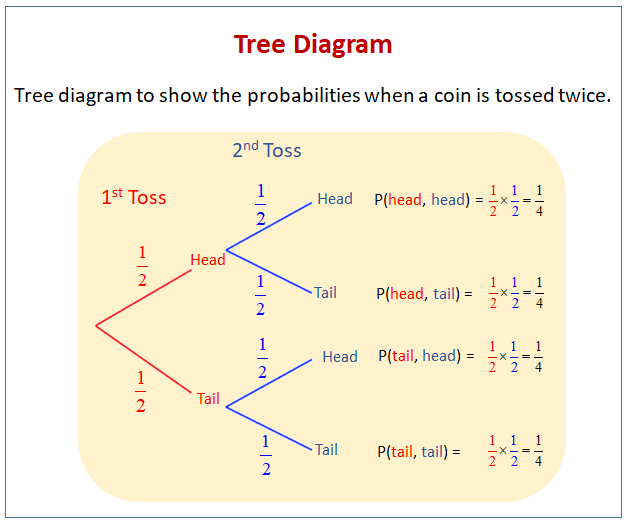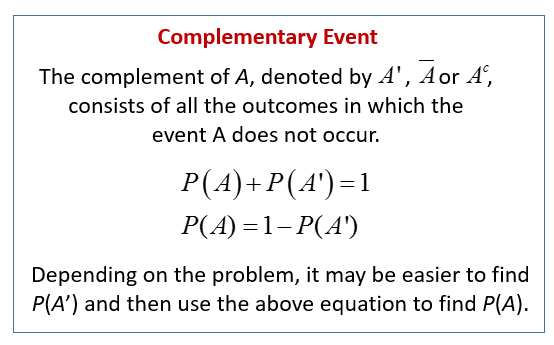Probability Of Pulling Different Colored Marbles Mathisfun

So the probability 4 5 0 8.
Probability of pulling different colored marbles mathisfun. B find the probability that. With 5 of these possibilities you will get 8. Bag a contains 10 marbles of which 2 are red and 8 are black. So they say the probability i ll just say p for probability.
Change the number of marbles of different colors in the boxes and guess the probability of drawing a red blue or yellow marble. A draw a probability tree diagram to show all the outcomes the experiment. What is the probability that a blue marble gets picked. There are 5 marbles in a bag.
There are 5 different ways. A jar contains 4 black marbles and 3 red marbles. I both are red. D what is the probability that adam will eat two gumdrops with the same color.
Total number of outcomes. 4 are blue and 1 is red. Dependent events are what we look at here. A ball is drawn at random from each bag.
Therefore p 8 5 36. E what is the probability that adam will eat two gumdrops of different colors. Two marbles are drawn without replacement. B the red blobs indicate the ways of getting 9.
5 there are 5 marbles in total. And so this is sometimes the event in question right over here is picking the yellow marble. There are 55 marbles 25 of which are not red p getting a color other than red p 25 55 455 probability of this happening 3 times in a row is. Once you have decided on your answers click the answers checkboxes to see if you are right.
There are four ways therefore p 9 4 36 1 9. C what is the probability that adam will eat two yellow gumdrops. Find the probability of pulling a yellow marble from a bag with 3 yellow 2 red 2 green and 1 blue i m assuming marbles. The probability of picking a yellow marble.
Ii both are black. Number of ways it can happen. Bag b contains 12 marbles of which 4 are red and 8 are black. We can go one step further and see what happens when we pick a second marble.
There is a 2 5 chance of pulling out a blue marble and a 3 5 chance for red. 4 there are 4 blues. This activity shows the classic marble example of elementary probability.


















